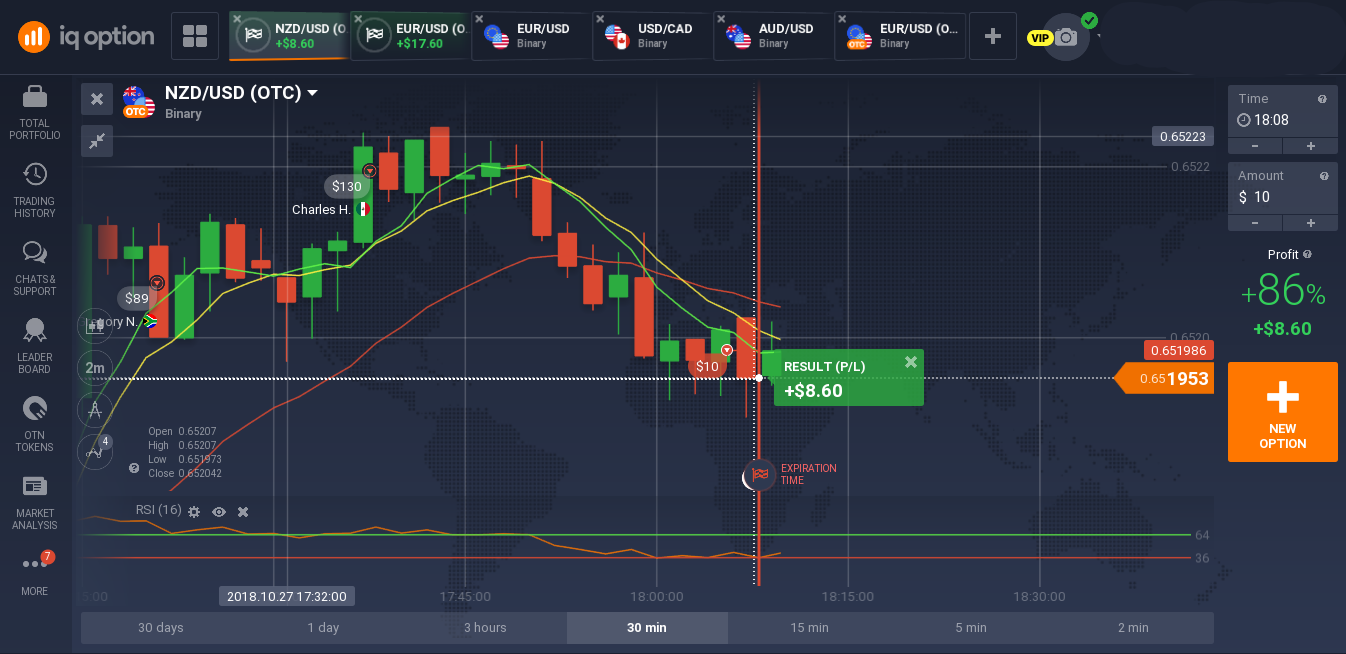Options trading may sound perplexing to beginners, but it’s simply the art of using financial instruments that provide the right, not the obligation, to buy (call) or sell (put) an underlying asset at a predetermined price during a specific timeframe. Imagine it as having an option to purchase a house at a certain price within a certain period.

Image: www.plafon.id
Options trading offers immense versatility and can be employed for various purposes, from hedging against potential losses to speculating on price movements. Understanding the fundamentals of options trading is crucial, as it can unlock doors to an extensive array of opportunities in the financial markets.
Decoding the Mechanics of Options Trading
Options contracts involve two parties: the option buyer and the option seller. The buyer acquires the right to buy or sell an underlying asset, while the seller is obligated to fulfill the contract if the buyer chooses to execute their option. Options are characterized by four essential components:
-
Underlying Asset: Can be stocks, bonds, commodities, or other financial instruments whose price fluctuations influence the value of the option.
-
Strike Price: Represents the predetermined price at which the buyer can exercise their right to buy (call option) or sell (put option) the underlying asset.
-
Expiration Date: Specifies the date on which the option contract expires and becomes worthless. Options typically have expiration periods ranging from one month to a year.
-
Premium: An upfront payment made by the option buyer to the seller as compensation for selling the option contract. The premium reflects the risk and time value of the option.
Navigating the Landscape of Option Types
Options fall into two primary categories: calls and puts. Call options confer the right to buy, while put options provide the right to sell the underlying asset at the specified strike price before the expiration date.
-
Call Options: Benefit when the underlying asset’s price increases. Investors can exercise their call option to buy the asset below the current market price, potentially profiting from the difference.
-
Put Options: Thrive when the underlying asset’s price decreases. Investors can exercise their put option to sell the asset above the current market price, securing a profit from the price decline.
Unveiling the Potential of Options Trading Strategies
Options trading empowers investors with a vast array of strategies to capitalize on anticipated price movements. Here are a few widely employed techniques:
-
Covered Call: Selling call options against an underlying asset already owned. Generates income if the asset’s price remains below the strike price.
-
Protective Put: Buying put options to hedge against potential losses in an underlying asset already owned. Offers downside protection if the asset’s price declines.
-
Long Call/Put: Buying a call or put option with the expectation that the underlying asset’s price will rise or fall, respectively. Provides the potential for substantial returns.
-
Straddle: Buying both a call and a put option with the same strike price and expiration date. Benefits from significant price fluctuations in either direction.
-
Strangle: Buying both a call and a put option with different strike prices but the same expiration date. Offers less protection but higher profit potential than a straddle.

Image: www.jlcatj.gob.mx
Exploring Advanced Concepts in Option Trading
As you delve deeper into the world of options trading, you’ll encounter more sophisticated strategies like:
-
Option Chain Analysis: Examining the range of available options contracts for an underlying asset to identify potential trading opportunities.
-
Implied Volatility: A measure of expected price fluctuations in the underlying asset, influencing option premiums and trading decisions.
-
Greeks: Metrics that provide insights into an option’s sensitivity to various factors, including underlying asset price, time, and volatility.
-
Trading Psychology: Understanding the emotional and psychological aspects of options trading to make informed and disciplined decisions.
Option Trading What Is It
Conclusion
Options trading presents a versatile toolset for investors to navigate the often unpredictable financial markets. By grasping the fundamental concepts and exploring the diverse strategies available, you can harness the power of options to enhance your investment portfolio and potentially generate substantial returns. As with all financial endeavors, thorough research, diligent analysis, and responsible risk management are paramount.






